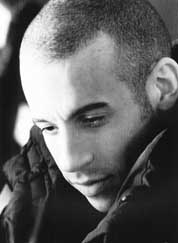This is not set up to teach HTML in any way, it's just a reference to a few
tags and the little stuff that is hard to memorize. Where there are examples of code, omit the spaces
in between <>'s. I got these notes from
various Internet sites and the book:
Teach Yourself WebPublishing with HTML in a Week, by Laura Lemay
*Characters *Colors *Images *Lists *Tables *Common Tags
To set the background color of the page, in the body tag, set BGCOLOR = #hexadecimal number To tile the background with an image, in the body tag, set BACKGROUND = "filename or URL that points to image file"Text and link colors
Text & link colors can be set in the body tag just like background, setting the attribute to a hexadecimal number (I've also seen color names used I believe).

Wrapped text To wrap text around an image, such as this text wraps this image, set the align attribute in the img tag to LEFT or RIGHT. The image will be aligned to that specified margin, and any following text will be displayed on the "open" side of the image. If you want to stop filling in the space before the end of the image is reached, use aline break with the attribute CLEAR set to LEFT, RIGHT, or ALL.
Return to menu
HTML supports many special characters/symbols in addition the default printable ones, such as ® (& followed by reg;) and © (& followed by copy;) To view more examples of characters and their codes, visit the special character table. Return to menu
For cells that span multiple rows or columns, set attribute ROWSPAN and/or COLSPAN (in the TH or TD tags) to the number of columns or rows you want the cells to span. e.g. < TH COLSPAN=2 > Return to menu
For unordered lists, there are 3 possible types of bullets used to mark each item (specified in ul tag as: type="bullet-type")